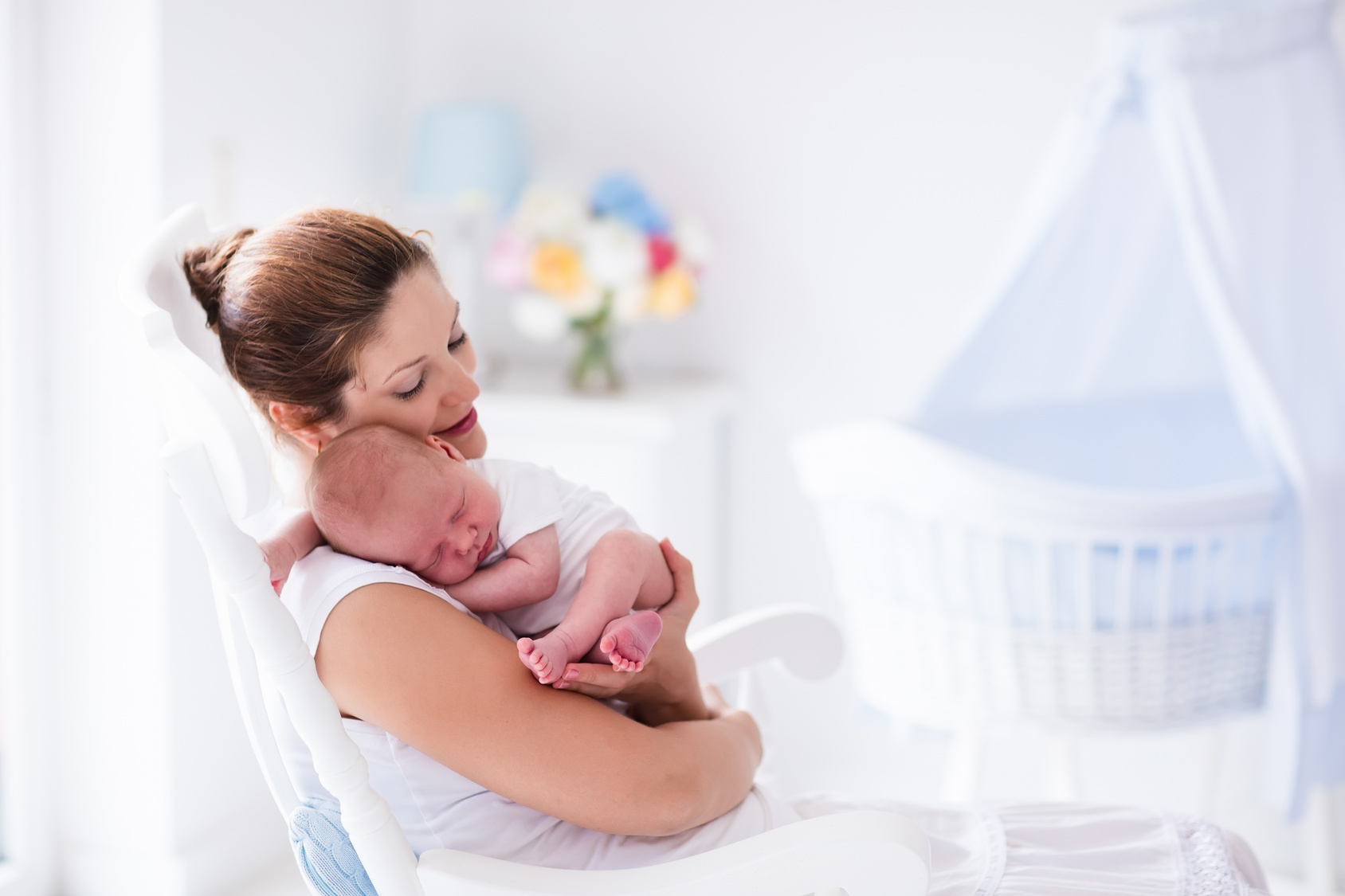Many women imagine new motherhood as a time of total fulfillment, days filled with mother-infant bonding and boundless joy. In reality, however, many women experience significant mood changes following childbirth. Between 50 and 85% of new mothers experience a brief postpartum period of tearfulness and anxiety, termed the “maternity blues.” But some 10 to 15% of women experience postpartum depression, or PPD, a longer-lasting and more pervasive type of mood disorder.
Since postpartum depression can have a devastating impact on the experience of being a new mother and may have significant consequences for the child, it is important to understand which women are at greatest risk for PPD. All women are vulnerable to postpartum depression, regardless of age, marital status, education level, or socioeconomic status. However, there may be certain factors that increase a woman’s chance of suffering from postpartum depression.
Based on a recent meta-analysis of studies assessing risk factors for postpartum illness, Cheryl Beck has created the Postpartum Depression Predictors Inventory, a list of 13 variables that may be used to identify women at risk for postpartum depression either during pregnancy or soon after delivery (Beck 2001). Ten of those 13 have been shown to be reliable predictors, in many cases, of postpartum depression:
- Prenatal depression – Depression during pregnancy may be the strongest predictor for later suffering from PPD.
- Prenatal anxiety
- History of previous depression – Although not as strong a predictor as a depressive episode during the pregnancy, it appears that women with histories of depression previous to conception are also at a higher risk of PPD than those without.
- Maternity blues – Especially when severe, the blues may herald the onset of PPD.
- Recent stressful life events
- Inadequate social supports
- Poor marital relationship – One of the most consistent findings is that among women who report marital dissatisfaction and/or inadequate social supports, postpartum depressive illness is more common.
- Low self-esteem
- Childcare stress
- Difficult infant temperament
In addition, three factors are less definitively predictive, but still arise consistently as factors that increase a woman’s risk of PPD, especially in combination with one or more of the factors listed above:
- Single marital status
- Unplanned or unwanted pregnancy
- Lower socioeconomic status
Once the predictors have been identified, how can they be put to use? Before delivery, it may be possible to identify those women at highest risk for postpartum illness. These women would be candidates for more intensive monitoring, as well as certain interventions that may reduce the risk of postpartum illness in this high-risk group (Dennis 2004). For women with histories of depression, some studies have described a beneficial effect of prophylactic antidepressant administered after delivery (Wisner 2004). A recent article reviewed 15 studies of non-pharmacologic interventions for the prevention on postpartum depression and concluded that the only effective intervention against PPD may be intensive postpartum support provided by a health professional (Dennis 2005). The efficacy of these interventions was enhanced when women at high risk for PPD were identified. Thus, early interventions and an awareness of risk factors may help protect both the mother and her child from the deleterious effects of postpartum depression.
Juliana Mogielnicki, BA
Beck CT. Predictors of Postpartum Depression: An Update. Nurs Research. 2001 Sep/Oct;50(5):275-285. Dennis CL. Psychosocial and psychological interventions for prevention of postnatal depression: systematic review. BMJ. 2005 July 2;331(7507).








thank you for a good summary. will share it with my patients.
Great and very instructive write up. Would be useful to us clinically.
i know of someone whom is going through ppp…she has a 2 year old girl and a 5 month old son…and she is suicidal ,,she is not taking her medication as directed ,,,also there are other things that are going on ,but she cannot come out and say,,,now i know what it is….can you email me and then i will say….
One resource that might be helpful:
Postpartum Support International
http://www.postpartum.net
1.800.944.4773
[…] affect any woman. It doesn’t discriminate based on race, culture, or economic factors. However, some women are at higher risk, such as single mothers, low-income women, and those in cultures in which mental illness isn’t […]
[…] with her baby post-birth. Women who experience trauma or mental illness during pregnancy are at a higher risk for postpartum mood disorders, which Zite says can contribute to difficulty with breastfeeding, […]
[…] now that un-planned pregnancy is one of many risk-factors for PPD, I’m able to look back on my first year with Joseph & see the symptoms for what they […]
[…] Cuando quedé embarazada, me preparé mentalmente para el hecho de que la depresión posparto sería una realidad muy probable para mí debido a mi historial de ansiedad y depresión. principal predictor de PPD. […]
[…] and have significant consequences for both mother and child, and it can affect anyone. Some risk factors may make ppd more likely, including inadequate social support and/or poor marital […]
[…] https://womensmentalhealth.org/posts/postpartum-depression-who-is-at-risk/ […]
[…] fluctuations. What causes PPD isn’t exactly clear, but researchers believe the sudden hormonal fluctuation after birth may trigger postpartum depression. And […]